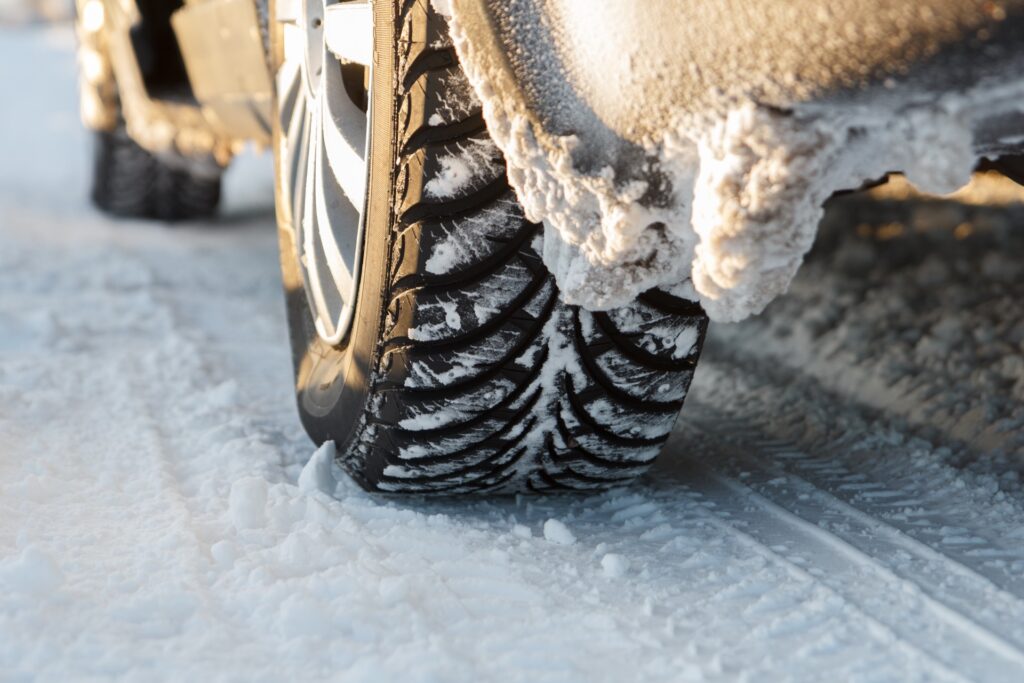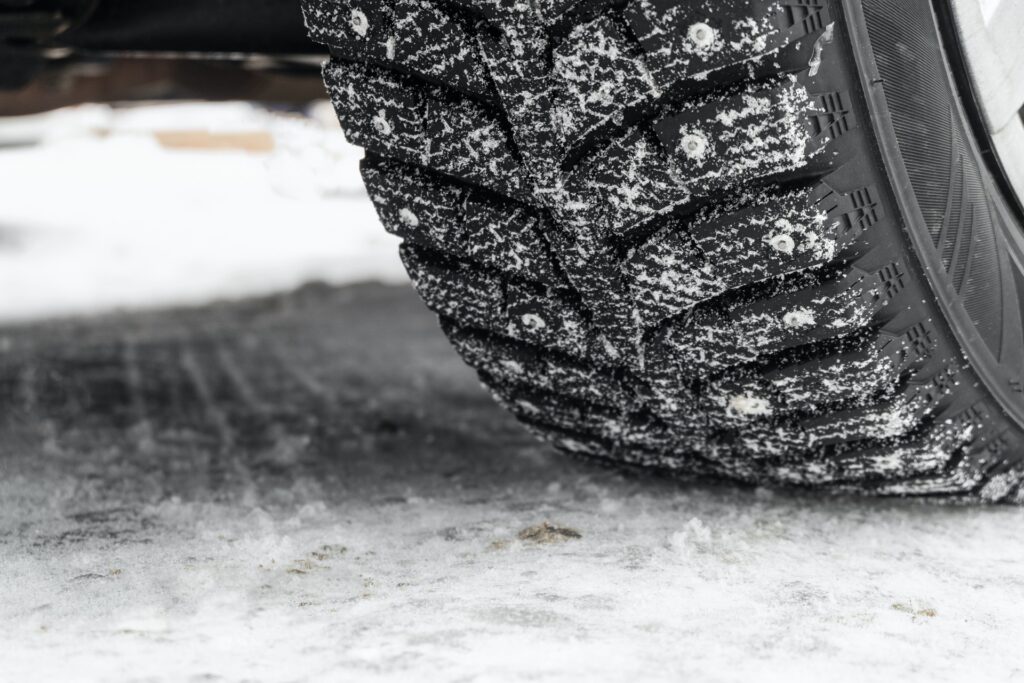When it comes to driving, we all know the rules of the road but often details about our vehicles that get us to our destinations can be complete mysteries to us. This is especially true about tires, like winter studded tires. Even understanding about the makeup of tires like the ideal winter tires temperature range for daily use can help.
Below, we break down the answers to some of these important questions so you’re able to drive with even greater confidence.
What Is the Ideal Temperature Range for Winter Tires?
Each kind of tire has its own ideal temperature range that it operates best at. For winter tires, they will continue to provide good traction up to a temperature of 7℃.
On the flip side, when temperatures are warmer than 7℃ it’s time to switch over to all-weather tires or performance tires for the summer as 7℃ is the lowest temperature all-weather tires or performance tires will continue to provide good traction.
When Should You Get Winter Studded Tires and What Use for Them Is Best?
Adding metal to your tires for extra grip seems like a no-brainer right? Actually, no. Not only are studded tires with studs higher than 2mm prohibited on BC highways, you only need winter studded tires for select purposes. Generally speaking, you only need studded tires if you’re frequently facing ice, heavy, hard-packed snow, or long, consistently harsh winters.
Therefore, if you’re regularly driving the highways in BC during the colder months, winter studded tires may be a good choice, but if you’re primarily just using your car just to get around the city, non-studded winter tires will provide overall more consistent traction.
What Should You Look for In Off-road Winter Tires?
More traction will be provided by tires with an open void design and lower air pressure when off-roaders are running on them. The casing’s ply, which is located under the tread and contains the bead, sidewall, body ply, and inner liner, is also crucial in an off-road winter tire.
A strong casing can also handle the lower pressure better because the tire is constantly under a lot of stress off-road. This is because it’s common to air down for more traction.
Tires are an essential part of every vehicle on the road and by understanding more about them you can better understand what decisions to make regarding them for your car.


